In 1975, Richard Avedon opened an exhibition of 100 photographs at Marlborough Gallery on 57th Street in New York City. The public wondered and speculated — would he leave behind his lucrative career as a commercial photographer for Vogue and Harper’s Bazaar to pursue art full-time?
The answer, of course, was no. Avedon would continue to pursue both fine art and commercial photography. “I would never not want to be a fashion photographer,” he told The New York Times just before the exhibition. “My commercial work has made it possible for me to be my own Ford Foundation, my own Guggenheim.” The money he made as a commercial photographer fueled and funded his private life as an artist.
Even today, we make distinctions between “fine art” and “commercial” photography, and there’s a reason for that. Commercial photography is used to sell something, while art comes from an innate desire to create. But sometimes, this boundary can feel too rigid.
Last month, we interviewed two prominent gallerists working in New York City today. One of them noted that commercial photographers can transition into the realm of fine art, and the other commented on how he’s learned to see the artistry in some commercial photography — particularly fashion. They got us thinking — how can photographers stay true to their artistic voice while still creating marketable work?
Using examples from talented 500px Contributors around the world, we’ve compiled these quick tips for creating artsy photos that also sell in a commercial market.
Use more color
In the 1970s, color was considered the sole domain of advertisers — not artists — but these days, we know bright hues are equally at home in magazines and art museums.
While there are top-selling black and white photos, these are exceptions and not the rule. It is possible to create a commercially viable monochrome photo, but for the most part, color images are more versatile and give buyers more options after downloading.
When we suggest using more color, we don’t mean applying heavy filters or post-processing effects — two things that can actually hurt the sale of an image. Instead, we recommend playing with bold colors in your studio and fashion work. This year’s trending colors are eye-catching hues like corals and golds — plus electric neons like pink and lime.
Make it sharp
Back in the early 1900s, pictorialist photographers like Alfred Stieglitz used soft-focus lenses to get that artsy, impressionistic look. While we always recommend embracing new lenses and playing with different apertures, stock photos have to be in focus.
That means your subject has to be sharp and clear if you want to sell your photos through 500px and its distributors, but there are certainly ways to get creative. In the still life below, for example, Iordache Laurentiu has used a shallow depth of field to blur the background, all while keeping the lemon (and ice cream cone) in focus.
Get retro
From the renaissance of film photography to popular remakes of movies and TV shows of decades past, it’s clear that nostalgia is “in” in 2019.
We see it in the art world in the resurgence of tactile, handmade collages and zines, and we also see it in commercial photography — just in a slightly different form. In order to give those retro-vibes a modern edge, make sure to use a clean composition and those bright colors we mentioned earlier.
The photo above is from a session between Los Angeles-based art director and photographer Milton Smith and recording artist Elujay. As they’re both creative people, they wanted to do something artistic and out-of-the-box, but they also wanted it to be appropriate for Elujay’s upcoming album release. The result is an oldies-inspired theme with a contemporary aesthetic.
Think symbolically
In art, there’s no need to think literally — or to represent the world as it actually is. The same holds true for commercial photography, and in stock, there’s been a movement towards conceptual images. Some stock photos illustrate objects and events, but if you can give your photo a greater symbolic resonance, it will appeal to even more buyers.
The wildlife photo above by Péter Hegedus is showing European bee-eaters, but because the alpha male is stretching his wings — it could also illustrate abstract, complex concepts like non-conformity or bossiness.
Go abstract
Fine art photographers throughout history, ranging from László Moholy-Nagy to Wolfgang Tillmans, have experimented with abstract forms and compositions. Abstract photos also work well in stock because buyers can use them for almost anything, from web banners to backgrounds.
Play around with abstract compositions by bringing out the macro lens or a microscope, or alternatively, fly a drone or helicopter to capture those sweeping aerial views.
Keep it minimal
Minimalism was born in the art world in the 1960-70s with abstract art pioneers — like Frank Stella, Robert Morris, and Agnes Martin. Back then it was radical, but today it’s everywhere. Thanks to innovative brands like Apple, minimalism has found its way into the commercial realm, and stock photo agencies have seen minimalist compositions thrive throughout recent years.
Combine your artistic impulses and commercial acumen by simplifying your compositions and getting rid of any extraneous elements. Clients appreciate negative space in their stock photos because it allows them to add their own text and designs.
Be bold
In last month’s article about fine art photography, we discussed the importance of creating work that’s personal — and that takes a stand somehow, whether it’s social or political. While commercial photography might once have had a reputation for “staying safe,” stock agencies are noticing a demand for photographs that feel more honest and diverse.
Inclusivity and sustainability are trending. Don’t be afraid to tackle a controversial subject, and find a way to weave your values into the work you shoot — artistically and commercially.
Visit galleries and museums for inspiration
It’s important to study commercial photography and stay up-to-date on trends, but some of the best stock photographers in the business also make a point of seeking inspiration in the fine arts. Adding beautiful Rembrandt-style lighting could elevate an ordinary portrait subject, making it stand out to art-lovers and image-buyers alike.
When it comes to cat photos, stock agencies are spoilt for choice, but the portrait by João Domingues above is something special. Captured when the artist’s cat was hiding from his four-year-old daughter, it uses light and shadow to create drama and visual interest.
Not on 500px yet? Sign up here to explore more impactful photography.

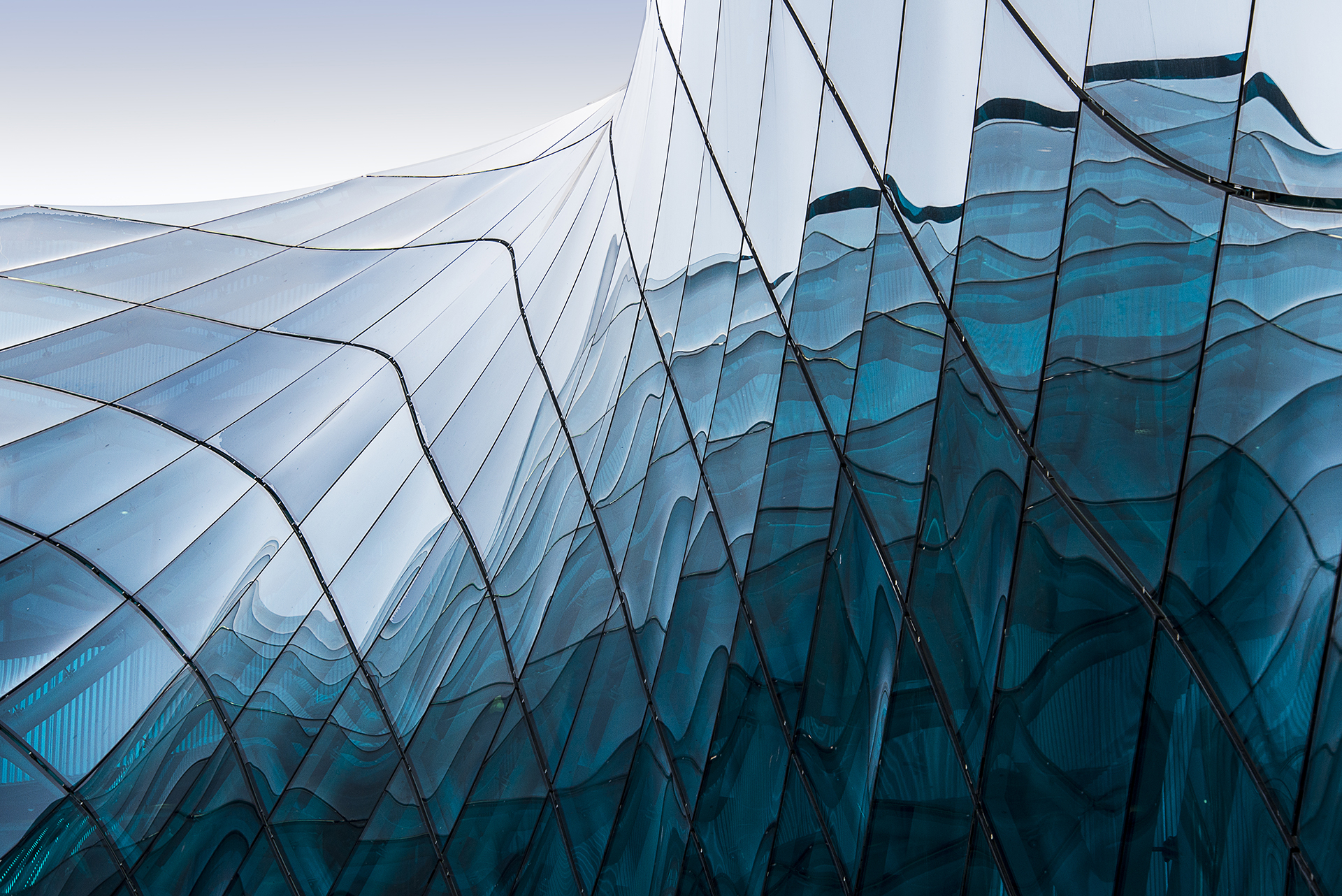

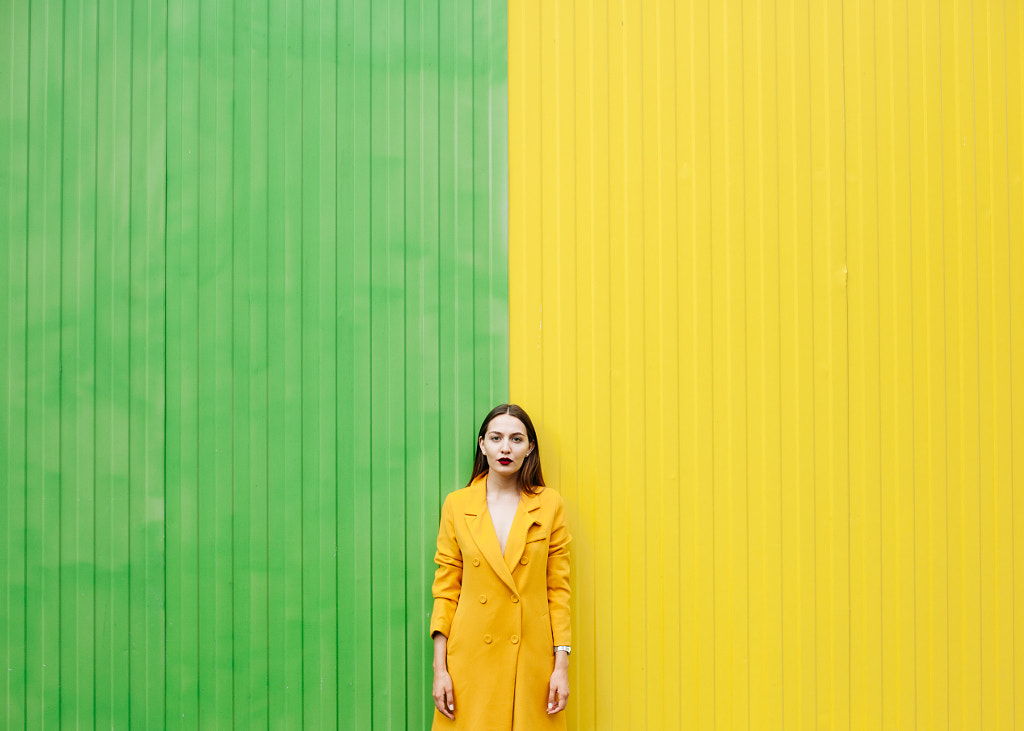



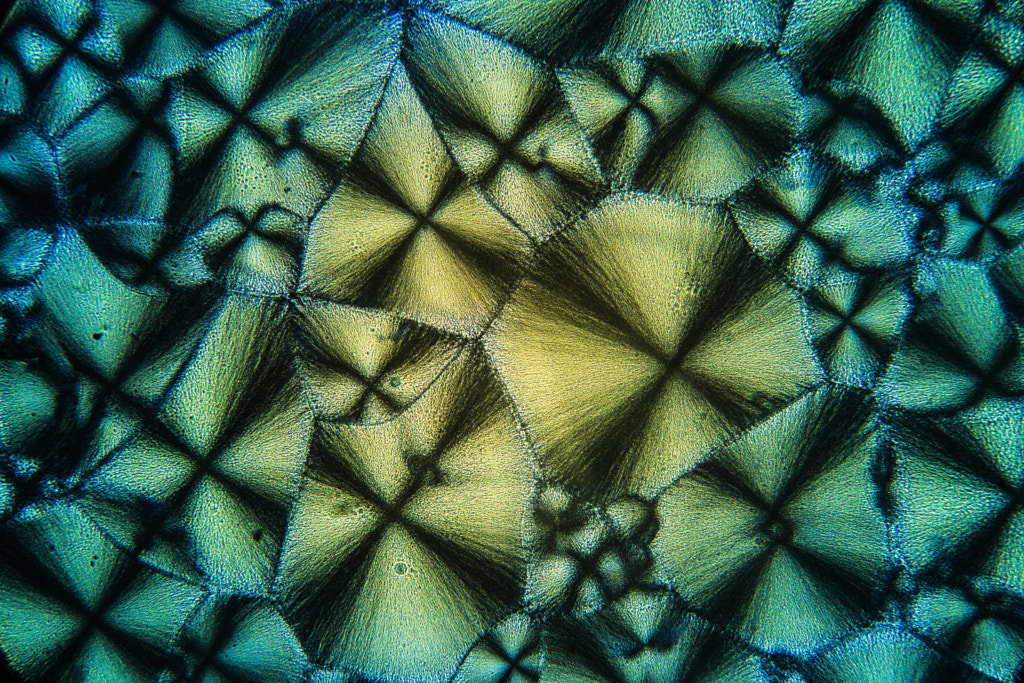
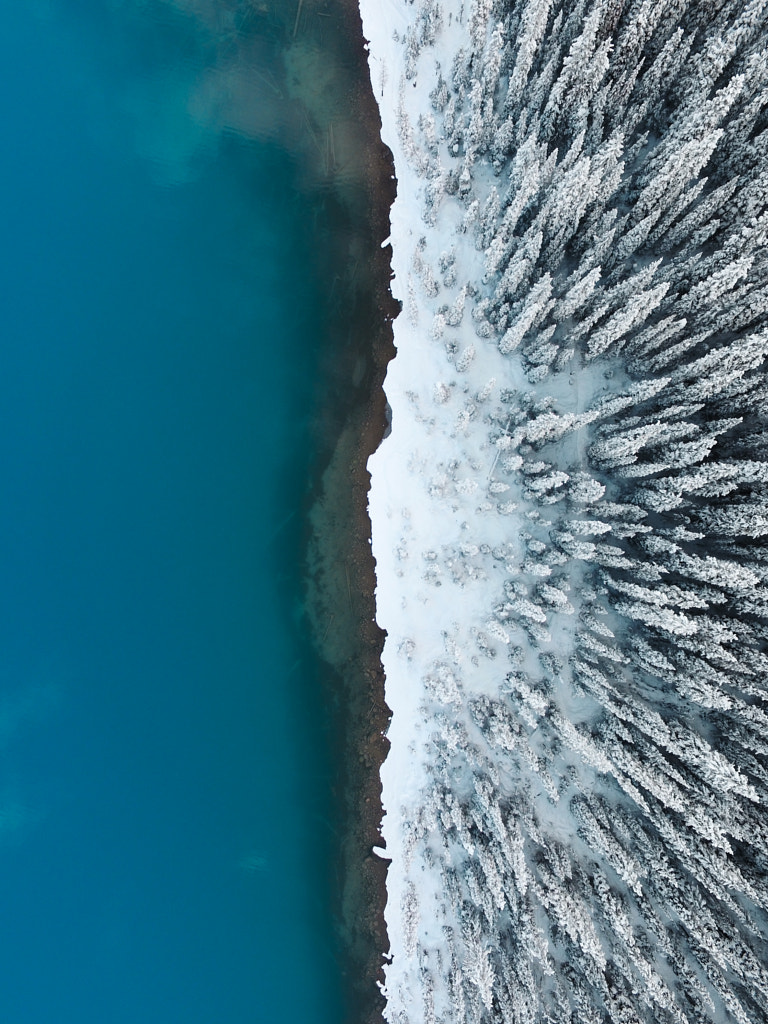

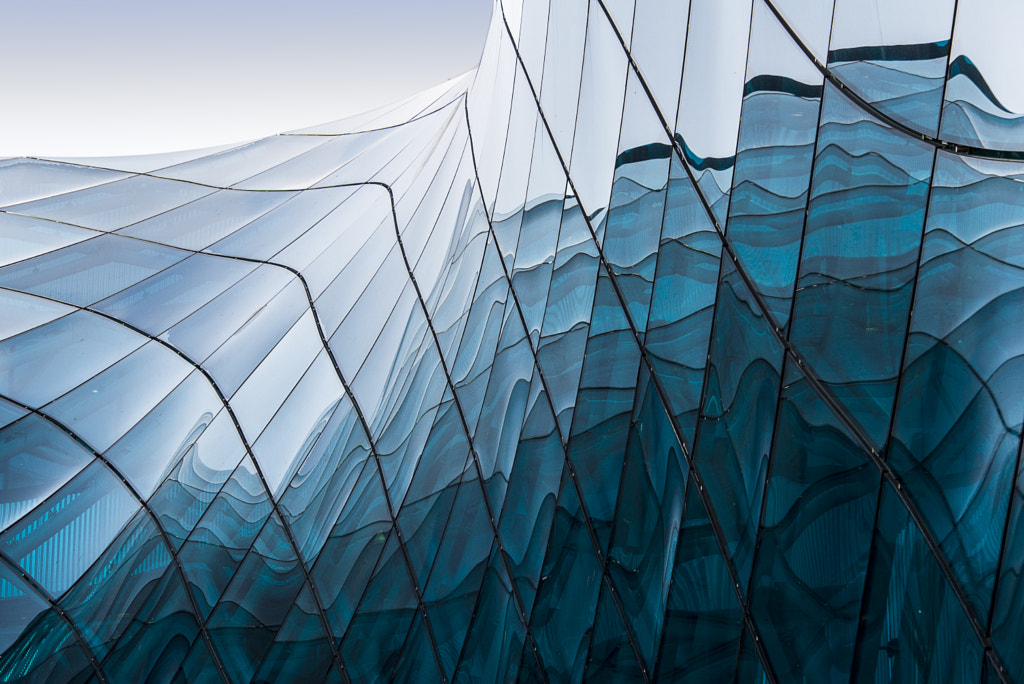
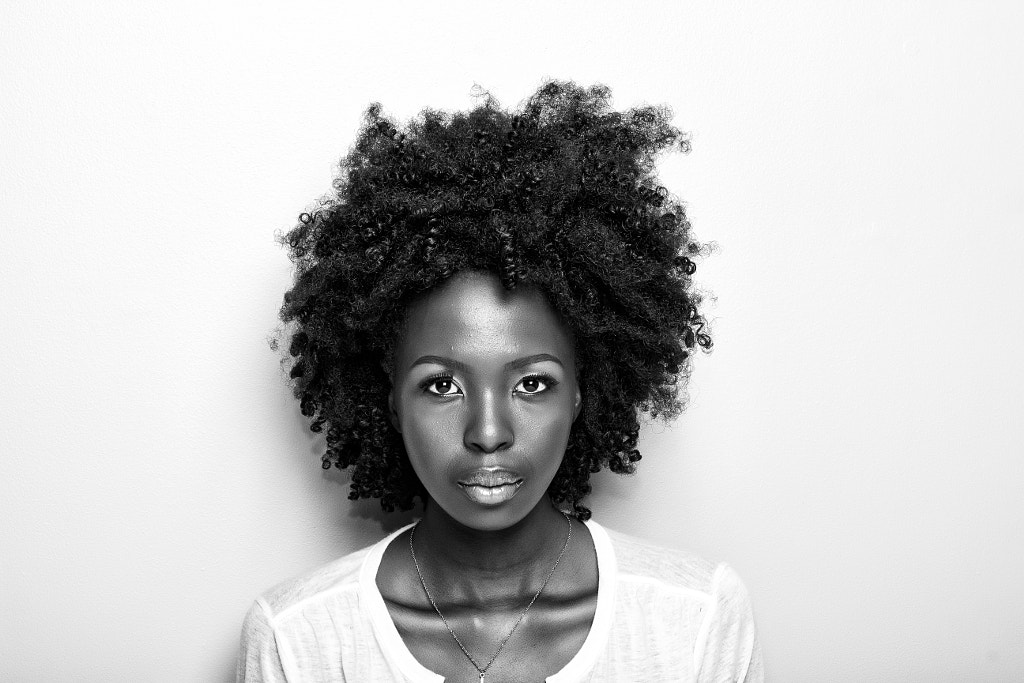
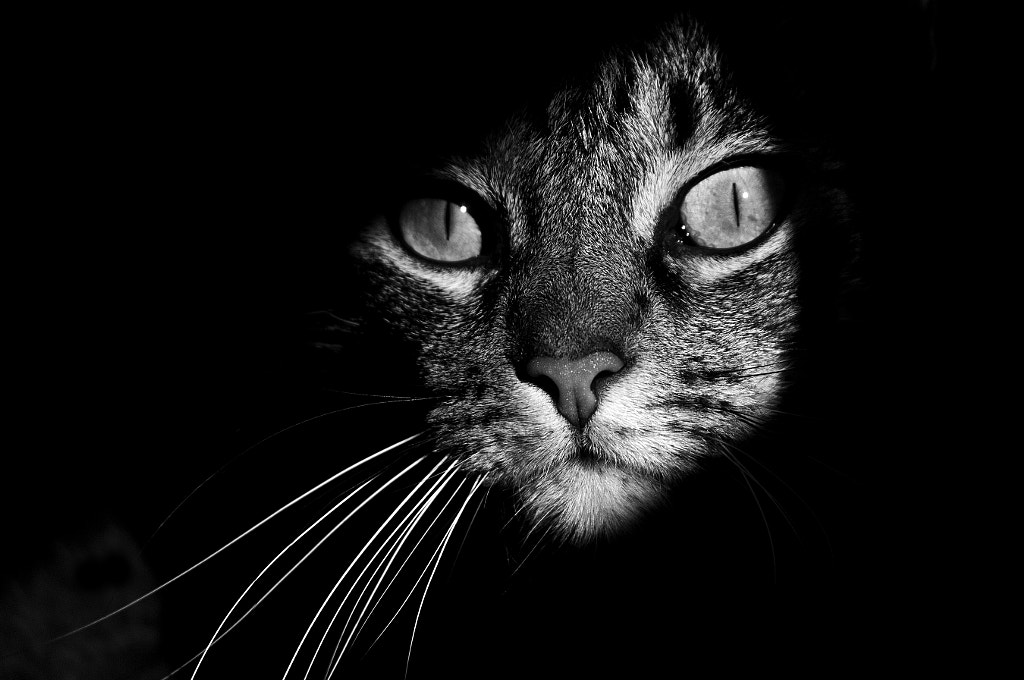



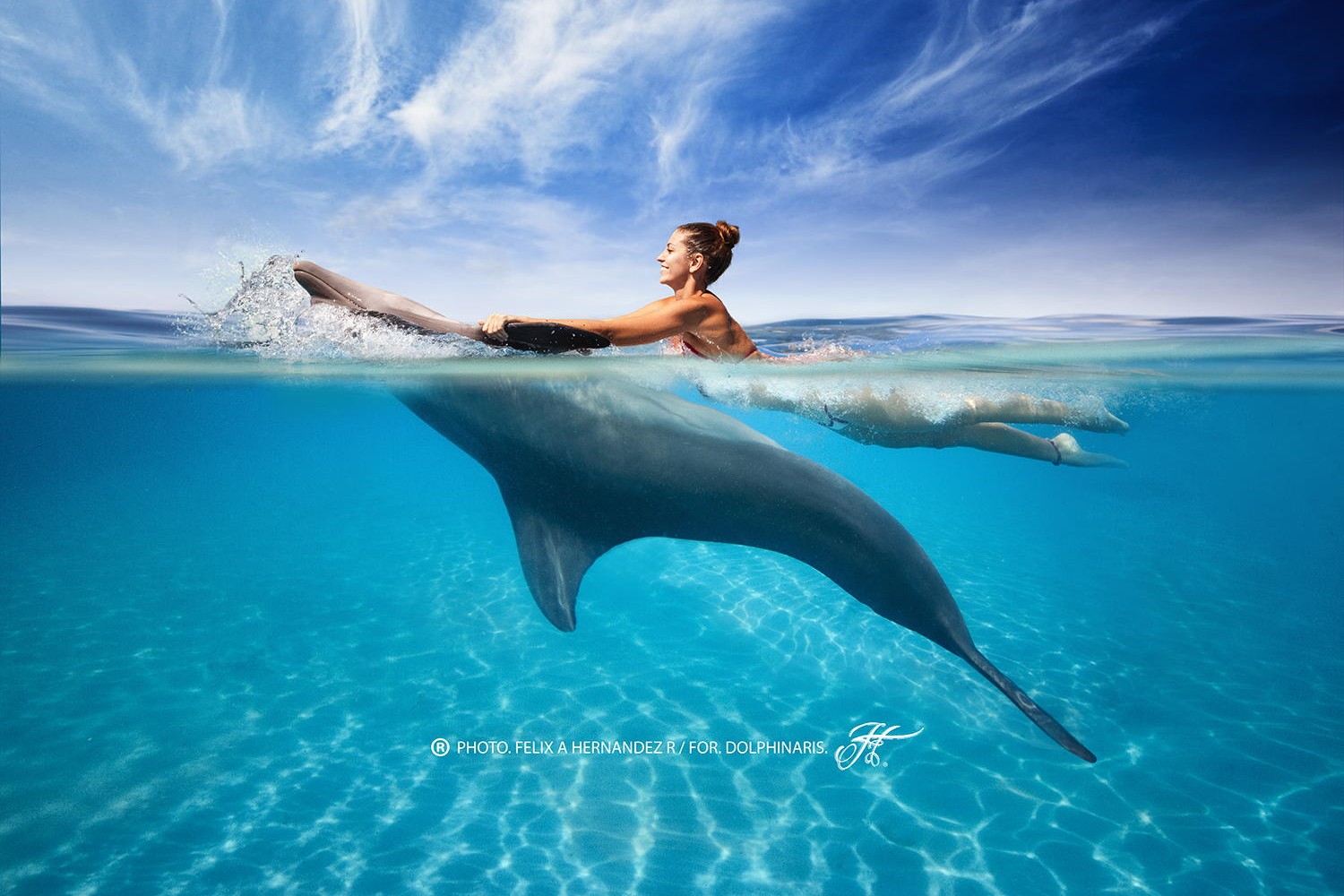

Leave a reply